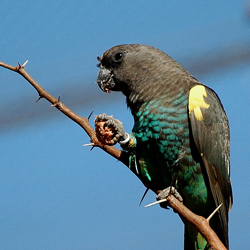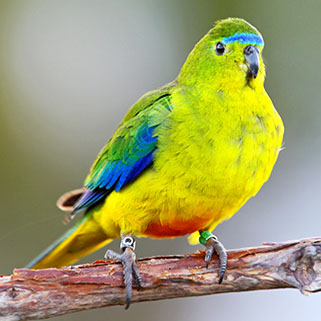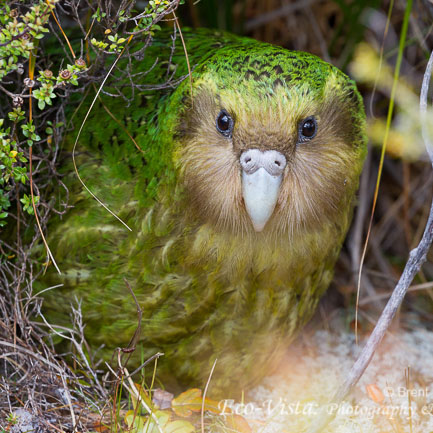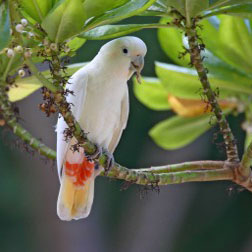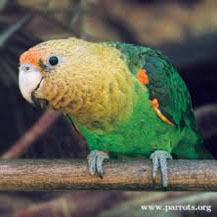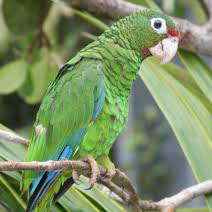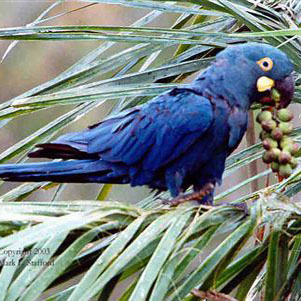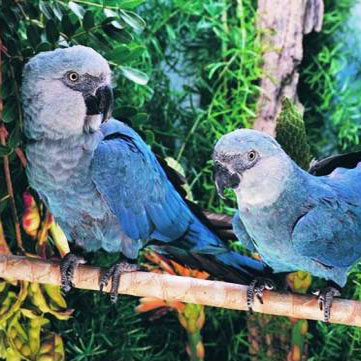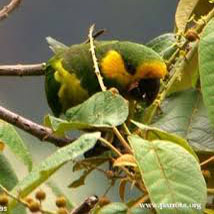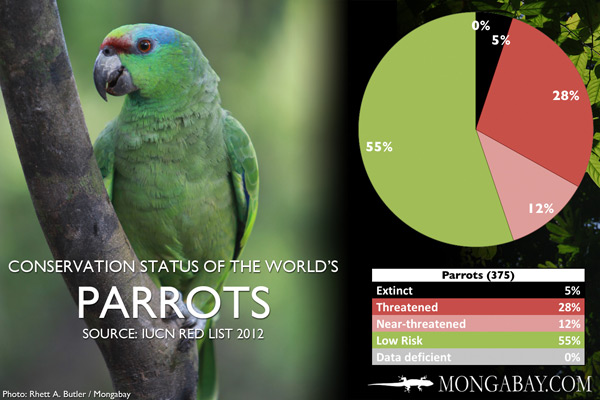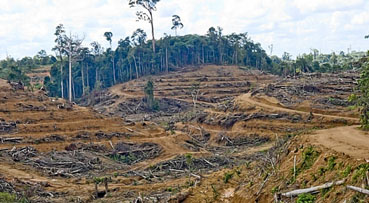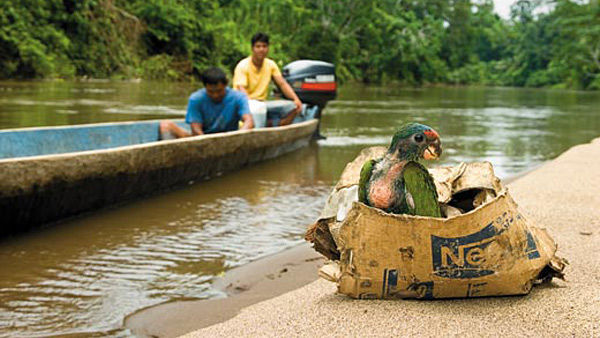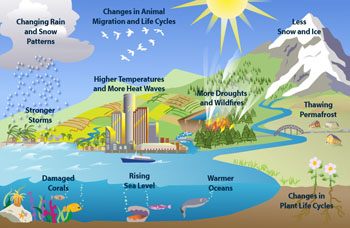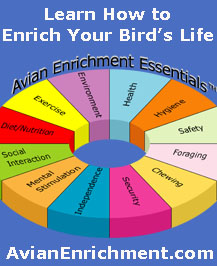Endangered Parrots
|
How many parrot species are endangered? Sadly, almost a third of the world's parrot species is under threat of extinction. Parrots have the largest number of threatened species of all bird families. Some of the world's most critcally endangered parrots include the:
What is an endangered species? An endangered species is a species that has been categorized by the International Union for Conservation of Nature (ICUN) Red List as likely to become extinct. If a species is not able to adapt to changes in its environment or successfully compete with the other species that share its habitat, it may eventually be pushed towards extinction. Human impacts often play a large role in species extinctions. As listed below, the ICUN has 8 levels of classification used to define the conservation status of a species ranging from "Extinct" to "Least Concern": Extinct (EX) - Extinct species are those that no longer exist, as the last individual of their kind has died. Extinct in the wild (EW) - These species only still survive in captivity, but there are no free-living, natural populations. If not for human intervention and care, these species would be extinct. Critically endangered (CR) - This is the highest threat category assigned to wild-living species, and generally refers to those that have suffered a very large and rapid decline in either population size or geographic range. Endangered (EN) - Species that are considered to be at a very high risk of extinction. Work is needed to implement initiatives to protect these species and raise awareness of the need for their conservation. Vulnerable (VU) - Vulnerable species are those that are at a high risk of extinction and are likely to become Endangered unless conservation action is taken to reduce or eliminate the threats they face. Near-threatened (NT) - Near Threatened species are those that may be threatened with extinction in the near future should conservation efforts not be implemented or continued. Species falling within this category tend to have experienced a reduction in numbers or range. Least concern (LC) - Species classified as Least Concern are likely to survive in the wild for some time without human intervention; however, populations of these species should still be monitored, as they may become threatened in the future. Data deficient (DD) - Species where there is not sufficient information for a proper assessment of conservation status to be made. Many factors are considered when assessing the conservation status of a species; e.g., such statistics as the number remaining, the overall increase or decrease in the population over time, breeding success rates, or known threats. The graphic displayed below illustrates the conservation status of the world's parrots based on the 2012 ICUN Red List (click on this graphic to see a list of the species comprising the chart). Why are they endangered? There are many factors that can contribute to a decline in a species population and sadly, many are the result of human activity. Of the over 100 known parrot species that are threatened with extinction in the wild, approximately three-quarters of these are due to habitat loss and fragmentation. Illegal capture and nest poaching for the wild-caught bird trade is the second leading factor. A list of the most common threats include:
What is being done to protect parrots in the wild? The good news is that when a parrot species is added to the threatened or endangered list it doesn't mean that they will go extinct. Many efforts are underway to preserve the population of wild parrots thanks to organizations like:
These conservation organizations work to protect the wild populations of parrots by supprting projects that:
Additionally. some parrots are protected by law or trade in them is restricted. CITES (The Convention on International Trade in Endangered Species) is an international agreement between 150 countries worldwide to ensure that trade in wild animal species does not threaten their survival. If a species is listed under Appendix I, the member countries have agreed not to trade (buy and sell) that species commercially. If a species is listed under Appendix II, the member countries have agreed to trade that species commercially only if it does not endanger the survival of the species. To learn about what you can do to help wild parrots check out our related article section. |
Related Articles
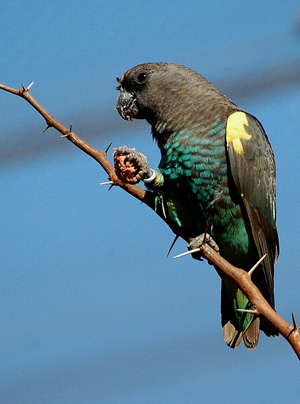 Poicephalus Parrots
Poicephalus Parrots







































